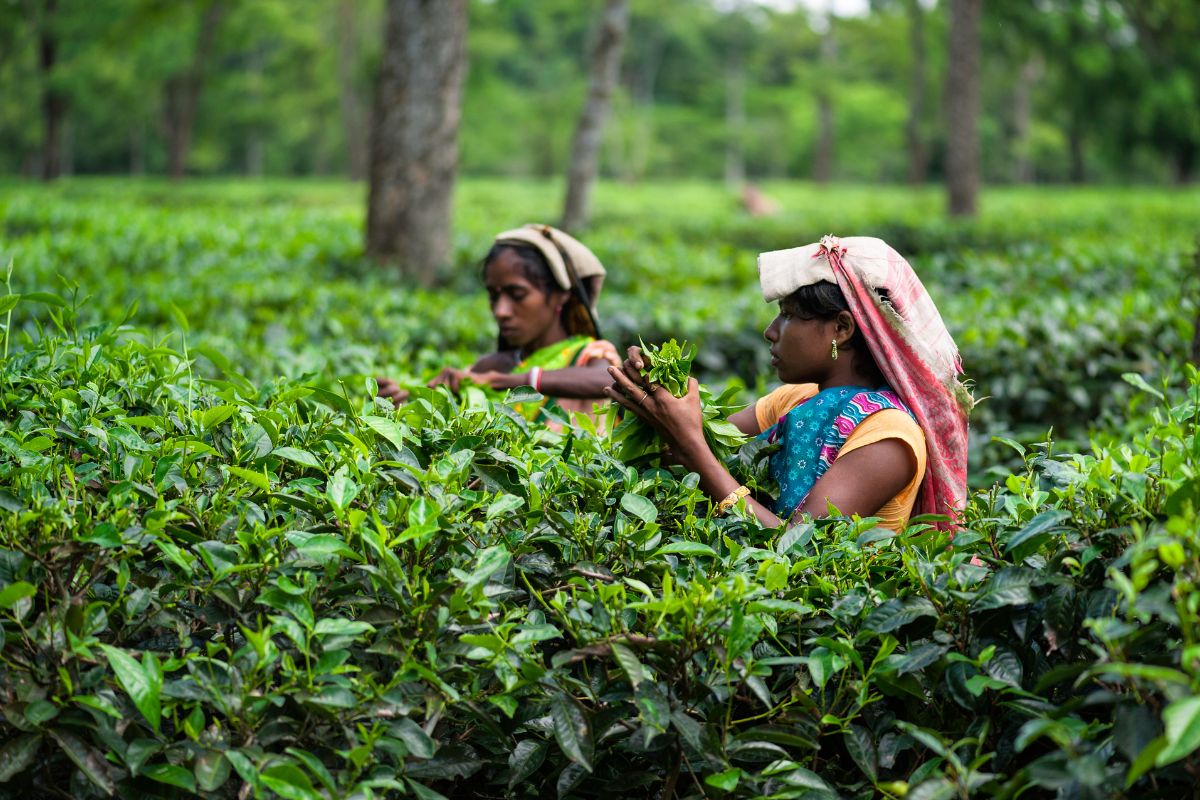Sandeep Singhania, president of the Tea Association of India (TAI), has called for urgent government intervention, warning that without timely support, the future of the north Indian tea industry is in serious jeopardy.
According to Mr Singhania, the first and second flush crops, which produce the highest-quality teas, have been severely impacted, creating a significant strain on the industry’s cash flow. He further highlighted that the escalating costs of inputs, including rising wages and food grain prices, are exacerbating the financial challenges faced by the industry.
In light of these difficulties, tea industry leaders are urging the West Bengal government to offer fiscal incentives similar to those provided by the Assam government to help the sector navigate these turbulent times.
Mr Singhania noted that extreme weather conditions have played a pivotal role in the significant decline in tea production in north India, particularly in Assam and West Bengal.
Citing data from the Tea Board of India, he revealed that insufficient rainfall and excessive heat early in the season, followed by heavy rainfall in June and July 2024, have severely hampered crop growth. This has resulted in a sharp decline in production, with Assam experiencing an 11 per cent drop in output and West Bengal facing a more drastic 21 per cent decrease up to July 2024 compared to the same period last year.
The situation is further complicated by weakened tea bushes and severe pest and disease infestations. Reports from tea estates estimate an additional 10 per cent production loss in West Bengal and 3 per cent in Assam during August 2024 compared to last year.
Weather data from the India Meteorological Department shows significant deviations in rainfall patterns. West Bengal received 50 per cent to 80 per cent less rainfall between March and May 2024, while Assam saw a 10 per cent to 30 per cent deficit. Although the southwest monsoon brought heavy rainfall to the region, the erratic weather and another drastic reduction in rainfall in August have worsened the outlook for tea growers.
The erratic weather has also severely impacted tea bush health, contributing to crop losses. Severe pest infestations, including Helopeltis, Looper Caterpillar, Green Fly, and Red Spider Mites, have plagued many tea gardens. Additionally, diseases like Fusarium Dieback, Bacterial Blight, and Red Rust have spread widely, further affecting yields, according to Mr Singhania.
The tea industry is also grappling with restrictions on the use of chemicals for pest control. Currently, only 33 chemicals are approved for use under the Food Safety and Standards Authority of India (FSSAI) guidelines, with 26 more awaiting approval. As a result, the industry is struggling to combat pest infestations effectively.
While acknowledging FSSAI’s efforts to ensure safe and compliant tea production, the tea industry has urged the West Bengal government to prohibit the sale and distribution of banned chemicals in North Bengal’s tea-growing regions. Without such measures, the industry risks being at a competitive disadvantage compared to other tea-producing areas.
“Despite the challenges, the industry appreciates the West Bengal government’s initiative to develop a roadmap to meet the Maximum Residue Limits (MRL) standards for tea,” said Mr Singhania. However, he stressed the need for further awareness among stakeholders regarding the importance of using only approved chemicals in tea plantations.
Sources indicate that in response to crop losses, the Tea Board of India has revised its production estimate for 2023 to 1393.66 million kilograms, down from an earlier estimate of 1367.70 million kilograms. The industry anticipates a further drop in production of around 160-170 million kilograms in 2024.
Although tea prices in North India have risen by 13%, this increase is insufficient to offset the production losses. While domestic prices have gone up, export prices have fallen by 4% to date. Assam has seen a 15% price increase despite an 11% drop in production, while West Bengal’s 21 per cent production loss has only been matched by a 7 per cent price rise.












